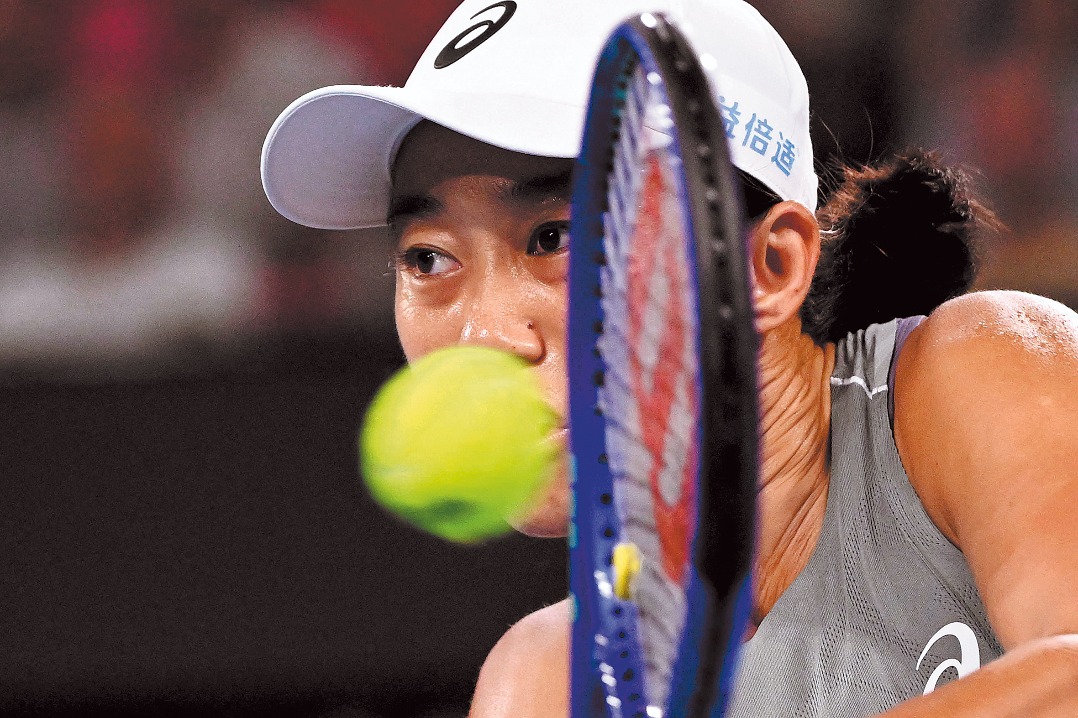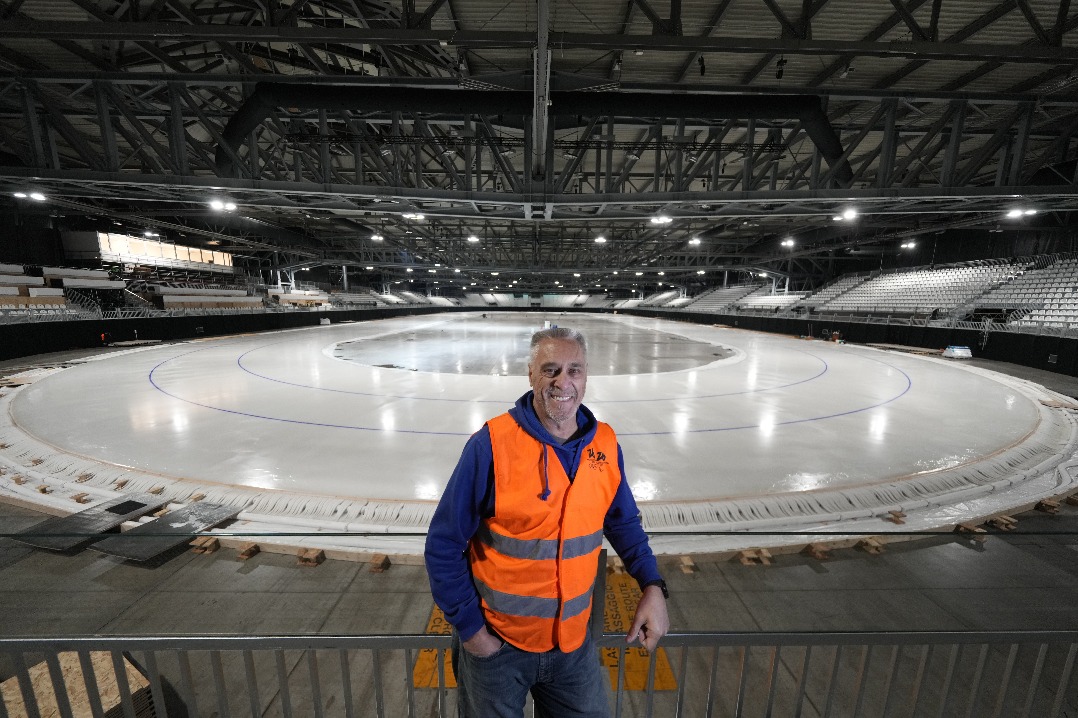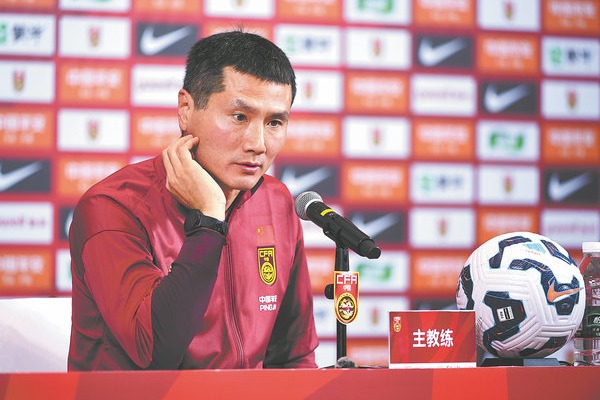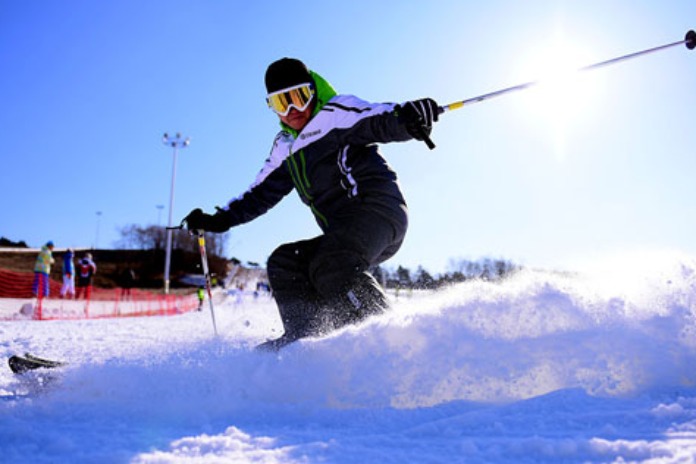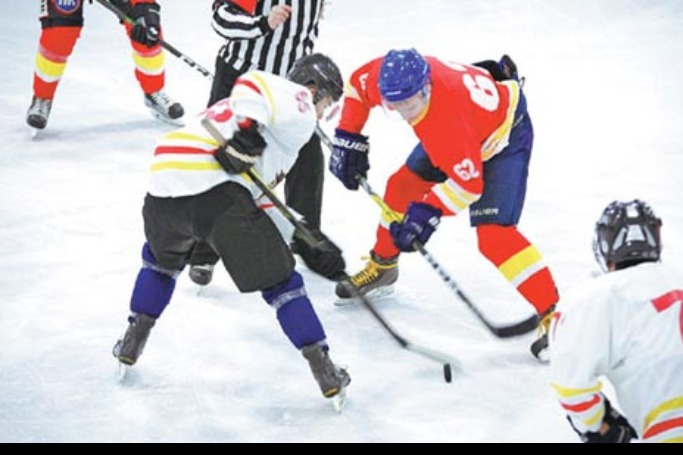Cool life of an ice queen

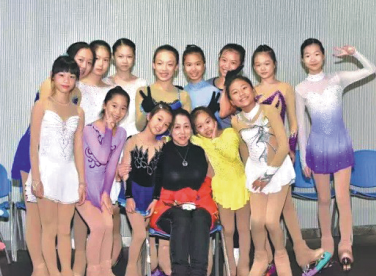
Olympic pioneer Bao Zhenhua looks back fondly on her momentous career
Like many other Chinese born in the 1960s, Bao Zhenhua's given name was imbued with the cultural significance of the time - literally meaning "to revitalize China".
As a 14-year-old figure skater who witnessed China's debut at the Winter Olympics, her name turned out to be extra appropriate.
Whole new world
In February 1980, Bao was part of the Chinese delegation sent to participate in the 13th Winter Olympic Games in Lake Placid, New York.
She was not regarded as the country's best skater, but her youth and shining smile seemed to make her a fitting representative of a changing China just two years into its opening-up.
It proved something of an overwhelming experience for the teenager.
"Everything happened all of a sudden," said Bao.
"Heading to the Olympics sounded so sweet to me. I don't know how to describe my feelings - nervous, excited, curious and overcautious - it was so complicated."
Bao recalled with a laugh how she almost forgot her moves after seeing her foreign rivals train.
"My mind was blown. They were so good and I never saw those moves before," she said.
"Disco music was very popular around the world in the 1980s and I was stirred to see the foreign athletes dance to the rhythm."
Bao was memorably interviewed by legendary American skater Peggy Gail Fleming, the 1968 Olympic singles champion, for US television.
"Peggy was the commentator with ABC. She asked me what I would do after the Olympics and I said I'd definitely skate all my life," said Bao, who ultimately finished last in the singles competition.
Humble beginnings
Born into a skiing family in northeast China's Jilin province, Bao grew up surrounded by winter sports. But as a young girl, she couldn't tell the difference between figure skates and speed skates.
"I just knew I needed to learn dancing in figure skating and girls always love beautiful things, so I just wore figure skates," she said.
"There weren't any big brands to choose from. The skates were handmade by my coach, who also took to mending them - they were easy to break on outdoor rinks."
In the late 1970s there were no indoor rinks in China, so training was limited to the winter month.
"We poured water onto the playground at school, and that was the rink when the water froze. You can imagine how rough the ice was," said Bao, who also remembers how the cold made training a real hardship.
"The pictures from the 1970s look funny nowadays. We wore too much to perform our moves properly, but we felt so cold if we didn't wear enough.
"We could hardly even unbuckle our pants in the toilet as our hands were so numb."
A pre-Games training camp in Japan was Bao's first experience of skating indoors.
Like her footwear, her first skating dress was handmade by her coach, Miao Ruifu, using dacron, an elastic material unsuitable for jumping, spinning and splitting.
For Bao's Olympic performances, Miao had a nylon dress specially made by a textiles mill. The multi-tasking coach was also responsible for choreography, music and organizing the skaters' daily lives.
Most Popular
- China's northernmost province embraces ice and snow sports craze
- Tributes pour in after passing of Go legend Nie, 73
- China's extreme sports season opens with underwater dance event
- China reaches knockout stage for first time in AFC U23 Asian Cup
- China ties Iraq 0-0 in its U23 Asian Cup opening match
- A learning curve
















